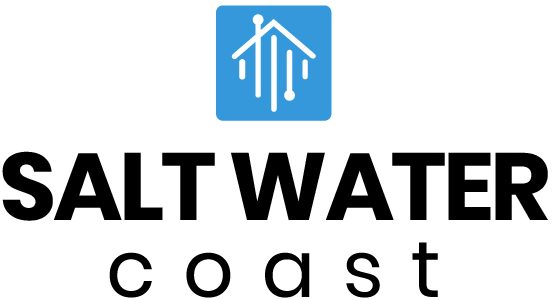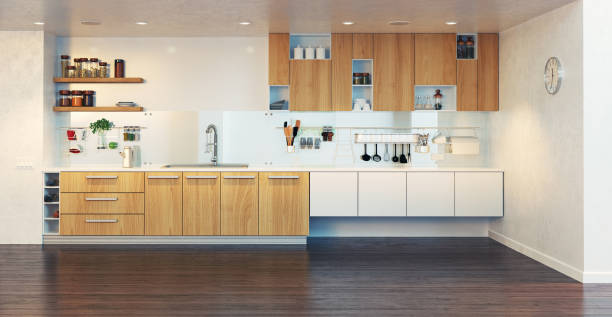Introduction:
In the dynamic world of interior design, modern kitchen cabinets play a pivotal role in shaping the aesthetic and functionality of contemporary homes. Over the years, these essential components of the kitchen have undergone a significant evolution, blending innovation, style, and functionality. This comprehensive guide explores the various facets of modern kitchen cabinets, from their historical roots to the latest trends shaping the industry.
Historical Overview:
The concept of kitchen cabinets can be traced back to the 18th century when they emerged as practical solutions for storage and organization. Early cabinets were typically standalone pieces of furniture, often resembling chests or cupboards. However, the 20th century witnessed a paradigm shift as built-in cabinetry became the norm, transitioning from freestanding units to integrated structures that seamlessly blended with the kitchen’s architecture.
Materials and Construction:
Modern kitchen cabinets showcase a diverse range of materials and construction techniques. Traditionally, wood has been a popular choice for its warmth and versatility. However, contemporary designs often incorporate materials such as metal, glass, and even sustainable options like bamboo. The construction methods have also evolved, with advanced technologies allowing for precision, durability, and customization.
Design Elements:
Clean lines, minimalism, and a focus on functionality characterize the design language of modern kitchen cabinets. Handle-less cabinets, sleek finishes, and hidden storage solutions contribute to a streamlined and clutter-free aesthetic. High-gloss surfaces, matte finishes, and a variety of textures add depth and visual interest to the overall design. Additionally, the incorporation of open shelving and glass-fronted cabinets provides an opportunity to display curated items, infusing personality into the space.
Color Palette:
While white and neutral tones remain timeless choices for modern kitchen cabinets, there has been a growing trend towards bold and vibrant hues. Deep blues, rich greens, and even matte black cabinets are becoming increasingly popular, adding a touch of drama and individuality to the kitchen. Two-tone cabinets, where upper and lower cabinets are finished in different colors, offer a visually striking contrast and allow for creative expression.
Innovative Storage Solutions:
Efficient storage is a key consideration in modern kitchen design, leading to the development of innovative solutions that maximize space and accessibility. Pull-out pantry shelves, corner carousels, and drawer dividers are just a few examples of how modern cabinets are designed to optimize organization. Smart storage solutions, such as pull-out trash bins and dedicated compartments for appliances, contribute to a clutter-free and functional kitchen environment.
Technology Integration:
The integration of technology has become a defining feature of modern kitchen cabinets. From built-in charging stations to touch-sensitive lighting, smart cabinets enhance the kitchen’s functionality and user experience. Motorized cabinets that open with a touch or a voice command are also gaining popularity, offering convenience and a futuristic touch to the kitchen space.
Sustainable Practices:
In response to growing environmental concerns, modern kitchen cabinet manufacturers are increasingly adopting sustainable practices. This includes the use of eco-friendly materials, energy-efficient manufacturing processes, and the implementation of recycling programs. Cabinets made from reclaimed wood, bamboo, or recycled materials appeal to environmentally conscious consumers, aligning with the broader trend of sustainability in home design.
Conclusion:
Modern kitchen cabinets have evolved from simple storage solutions to integral components of contemporary kitchen design. The fusion of innovative materials, thoughtful construction techniques, and a commitment to functionality has shaped the current landscape of kitchen cabinetry. As we look to the future, the emphasis on sustainability, technology integration, and personalized design is likely to continue driving the evolution of modern kitchen cabinets, ensuring that they remain at the forefront of both form and function in our homes.

